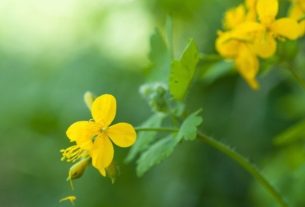White hawthorn, also known as hawthorn or hawthorn, is a medicinal plant rich in flavonoids and phenolic acids, which have properties of improving blood circulation and strengthening the heart muscles, in addition to reducing symptoms of anxiety, decreasing blood pressure and improve the action of the immune system, for example.
The scientific name of hawthorn is Crataegus spp. and the best known species are Crataegus oxyacantha e Crataegus monogynaand can be used in the form of tea or tincture found in herbalists or health food stores.
Although it has several health benefits, the use of this medicinal plant can also cause side effects, palpitations, chest pain, bleeding from the gastrointestinal tract or headache, for example. Therefore, the use of hawthorn should always be done with the guidance of a doctor or other healthcare professional who has experience with the use of medicinal plants.
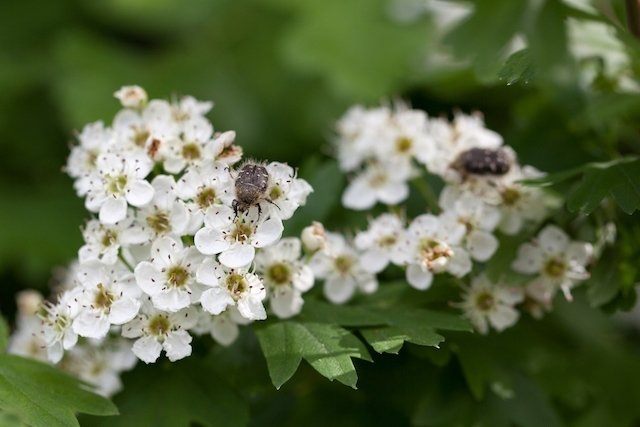
What is it for
The properties of hawthorn include its vasodilating, relaxing, antioxidant, blood circulation stimulating and healing action on the skin and mucous membranes. The main indications of this medicinal plant include:
- Help in the treatment of heart diseases such as myocardial degeneration, changes in the vessels, mild to moderate heart failure or mild heart rhythm disturbances;
- Improve blood circulation;
- Strengthen the heart;
- Help in the treatment of high blood pressure;
- Reduce bad cholesterol;
- Reduce the accumulation of fats in blood vessels;
- Reduce anxiety symptoms;
- Improve sleep and help treat insomnia.
Furthermore, hawthorn fruits are also recommended for relieving poor digestion and treating diarrhea. The alcoholic extract or aqueous extract of hawthorn can help in the treatment of various health problems, however, they do not replace medical treatment.
How to use hawthorn
White hawthorn can be used in the form of tea or tincture, and the leaves, flowers or fruit of the plant can be used for medicinal purposes.
hawthorn tea
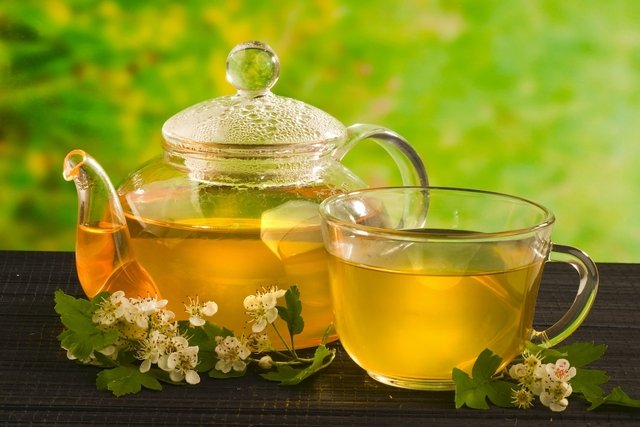
Tea from this plant helps strengthen the heart, improves blood circulation and helps improve sleep.
Ingredients
- 1 cup of boiling water;
- 1 teaspoon of dried hawthorn leaves.
Preparation mode
Place the dried hawthorn leaves in a cup of boiling water, and let the infusion rest for 5 to 10 minutes. Strain and drink.
This tea should be drunk 2 to 3 times a day for at least 4 weeks.
Hawthorn tea with arnica
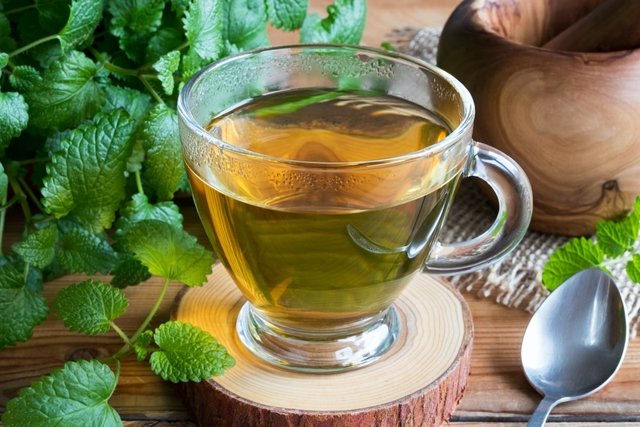
Hawthorn tea with arnica and lemon balm is a great option to help strengthen a heart weakened by age.
Ingredients
- 1 cup of boiling water;
- 1 teaspoon of dried hawthorn leaves;
- 1 teaspoon of arnica flowers;
- 1 teaspoon of lemon balm.
Preparation mode
Place the mixture in a cup of boiling water and let the infusion rest for 10 minutes. Strain and drink.
This tea should be drunk twice a day for at least 4 weeks.
Hawthorn tea with yarrow
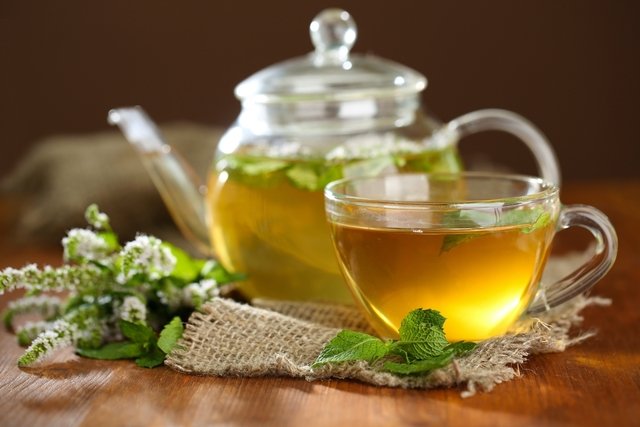
For those who suffer from poor circulation, hawthorn tea with Yarrow and Peppermint is a great option, as it helps treat poor circulation.
Ingredients
- 1 cup of boiling water;
- 1 teaspoon of dried hawthorn leaves;
- 1 teaspoon of raw millet or yarrow;
- 1 teaspoon of peppermint.
Preparation mode
Place the mixture in a cup of boiling water and let the infusion rest for 10 minutes. Strain and drink. This tea should be drunk 3 times a day for at least 4 weeks.
White hawthorn tincture
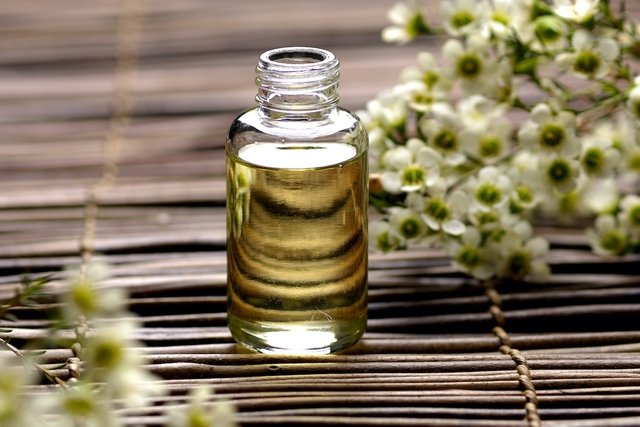
In addition to tea, hawthorn can also be ingested in the form of a tincture, in these cases it is recommended to take 20 drops of tincture diluted in a glass of water, 3 times a day after meals. These tinctures can be purchased at health food stores, or they can be prepared at home using vodka. See how to prepare tinctures at home.
Who shouldn’t use
Sea buckthorn is safe for most adults when consumed for a short period of time, not exceeding 16 weeks.
However, this medicinal plant should not be used by pregnant or breastfeeding women or by anyone allergic to hawthorn.
Furthermore, hawthorn can interact with some medications such as digoxin, medicines for hypertension, erectile dysfunction and angina and, therefore, in these cases, the consumption of this plant should only be done after a doctor’s advice.
Possible side effects
Some of the most common side effects that may occur during the use of hawthorn when consumed very frequently or in quantities greater than recommended are nausea, stomach pain, tiredness, increased sweat production, headache, dizziness, palpitation heart attack, nose bleed, insomnia or agitation.
Bibliography
- U.S. NATIONAL LIBRARY OF MEDICINE: DRUGS AND LACTATION DATABASE (LACTMED). Hawthorn. Available at: <https://www.ncbi.nlm.nih.gov/books/NBK501831/>. Accessed on 23 Dec 2020
- ORHAN, Ilkay Erdogan. Phytochemical and Pharmacological Activity Profile of Crataegus oxyacantha L. (Hawthorn) – A Cardiotonic Herb . Current Medicinal Chemistry. 25. 4854-4865, 2018
- PITTLER, MH; et al. Hawthorn extract for treating chronic heart failure. Cochrane Database Syst Rev. 1. CD005312, 2008
- WEBMD. Hawthorn. Available at: <https://www.webmd.com/vitamins/ai/ingredientmono-527/hawthorn>. Accessed on 23 Dec 2020
- DANIELE, Claudia; et al. Adverse-Event Profile of Crataegus Spp. A Systematic Review. Drug Safety. 29. 6; 523-535, 2006
- DRUGS.COM. Hawthorn Information from Drugs.com. Available at: <https://www.drugs.com/npp/hawthorn.html>. Accessed on 23 Dec 2020

Sign up for our newsletter and stay up to date with exclusive news
that can transform your routine!
Warning: Undefined array key "title" in /home/storelat/public_html/wp-content/plugins/link-whisper-premium/templates/frontend/related-posts.php on line 12
Warning: Undefined array key "title_tag" in /home/storelat/public_html/wp-content/plugins/link-whisper-premium/templates/frontend/related-posts.php on line 13

